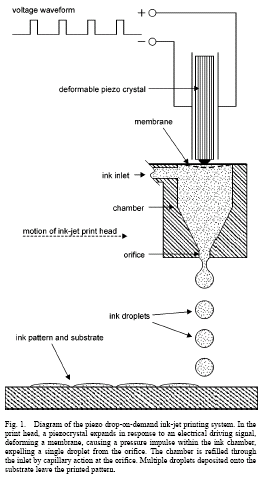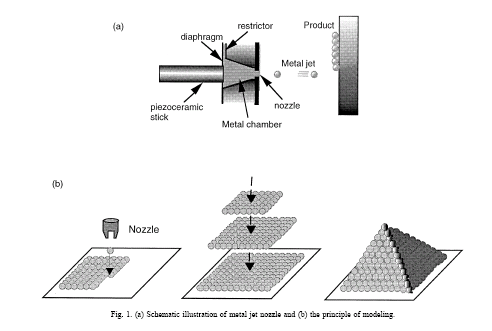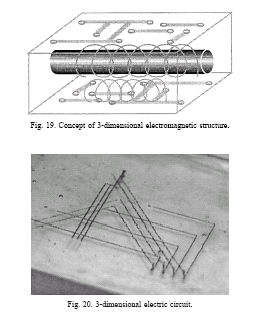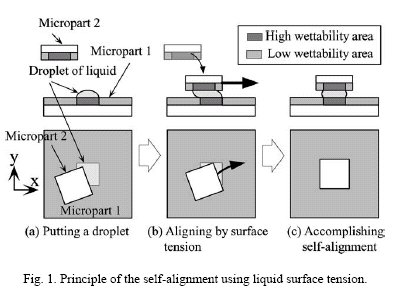


Assignment 1
Introduce yourself with three machines that you want to make in the class
1. 3D electric circuit ink-jet printer
| Functional Requirements | Using inorganic II-VI nanoparticle to print transistors, using metal-jet printer to print 3D interconnection wires. |
| Design Parameters | |
|
Analysis
|
One planar layer printing is
relatively easier ---- first print inorganic II-VI CdSe transistors, then
print on interconnecting metal wires and passive components (due to
the low melting point of alloy). Substrate can be polymide. CAD tools to
slice 3D circuit into 2D images. Nanoparticle quality, precision control of
temperature, nozzle movement...
|
| Reference | [1] B.A.Ridley, B.Nivi, and
J.M.Jacobson, "All-inorganic field effect transistors fabricated by
printing," Science,vol.286,pp.746-749,1999 [2] S.B.Fuller, E.J.Wilhelm, and J.M.Jacobson, "Ink-jet printed nanoparticle microelectromechanical system," Journal of microelectromechanical systems,vol.11,no.1 [3] K.Yamaguchi et.al. "Generation of three-dimensional micro structure using metal jet," Pecision Engineering 24(2000)
|
| Risks | High. Complex system. High precision requirement. |
| Countermeasures | Pioneering work on inorganic transistor printing and 3D metal-jet printer is done. |
 |
 |
 |
| Figure credited to [2] | Figure credited to [3] | Figure credited to [3] |
2. Ink-jet printer printing on arbitrary surface
| Functional
Requirements
|
Printing on arbitrary planar surface,
i.e. arbitrarily large paper, cloth (or even curve hard surface, not
required), using ink-jet nozzle
|
| Design
Parameters
|
Small size (like a big mouse 20cm*20cm),
the printing resolution, automation of printing routing, precision movement
control
|
| Analysis
|
System structure should be simple and
compact (big mouse with three wheels), design algorithm for computing the
print route, laser positioning system, movement control system
|
| Reference
|
Saul Griffith for consultation
|
| Risks
|
Media to high. movement control is hard
when high resolution is required, need to design laser position system,
microcontroller to compute present position and routine
|
| Countermeasures | ink-jet printing is existing tech. We can use commercial nozzle |
3. 2D self-assembly
In order to achieve self-assembly of nanoscale objects such as electrical devices or biological materials, I want to build a prototyping fab-line or fab-table, that can make arbitrarily complex 2D patterns.
 |
 |
4. Smell propagator and synthesizer
We are watching TV, surfing on internet all the day. That is because at transmitter the information in images and sound can be encoded as digital form, reproduced easily and propagated as electromagnetic waves. At another end, human sensor systems such as vision sensors and auditory sensors can seamlessly detect the received signal. But sense of smell seems a different story. It is basically chemical. However, recent research revealed the olfactory sensor may be detecting the different frequency of molecular vibration to generate sense of smell. I want to explore the possibility to encode smell information in digital bits and transform the digital bits to physical smell information.